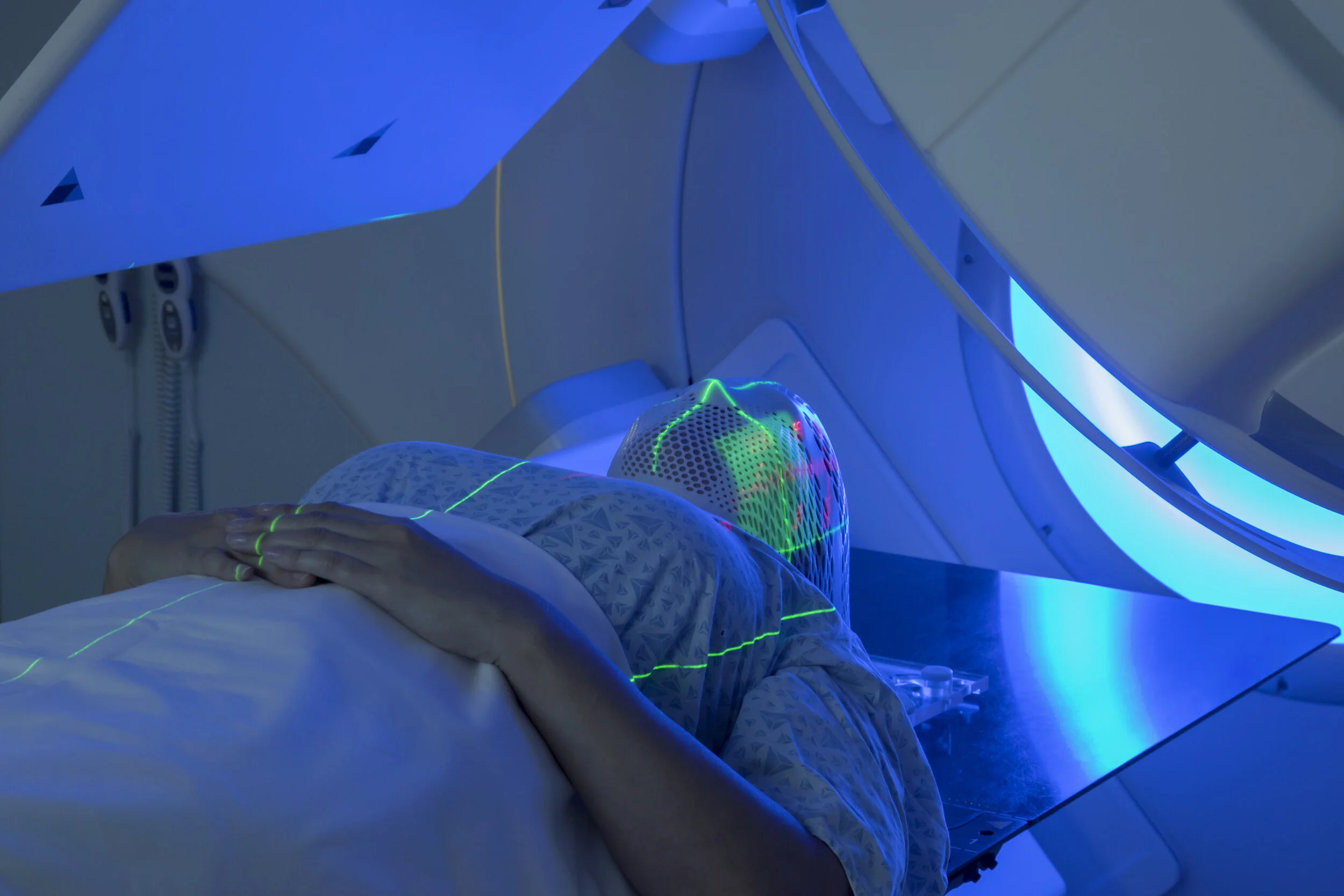Treatments for Swallowing
Normal swallowing is not fully appreciated until it is lost. Treatment for difficulty swallowing (dysphagia) depends on the underlying cause. Below are some selected treatments for dysphagia.
Non-surgical treatments for swallowing
The swallowing mechanism is a complex interplay between sensation, processing of information, and muscle action. Like many nerve and muscle functions of the body, it tends to decay over time but also responds well to directed efforts. Like physical therapy for the throat, swallowing therapy is a key element in restoring swallowing function. After a stroke, mouth or throat cancer treatment, or some other functional setback, therapy by a speech and language pathologist is often necessary to get the best recovery possible.
treatments for zenker’s diverticulum (hypopharyngeal diverticulum)
Zenker’s diverticulum is an uncommon cause of dysphagia that may not require treatment early, but often progresses over time to cause worsened dysphagia, leading to unintentional weight loss, throat irritation, and often aspiration pneumonia. Treatment of this condition is surgical, with a minimally invasive endoscopic technique often favored when possible. The open approach, involving an incision in the neck skin is a viable backup option, but usually requires a 3-5 day hospital stay and temporary use of a tube from the nose to the stomach compared to an overnight stay when the endoscopic approach can be accomplished.
treatments for narrowing (stricture) of the hypopharynx or esophagus
Stretching (dilation) of the throat is most successful when the narrow area is of relatively recent onset, involves only a short area of the throat, and the cause of the narrowing is not ongoing. Dilation is frequently performed by a gastroenterologist, who is set up to perform this procedure without requiring general anesthesia. In extreme circumstances where dilation is ineffective, surgical removal of the narrow area with reconstruction using tissue from elsewhere in the body may be undertaken.
Minimizing effect of radiation (or chemo-radiation) to the neck
The side effects with greatest long-term consequence for head and neck radiation involve the swallowing mechanism, saliva production, dental decay, and loss of range of motion of the jaw and neck. Minimizing major long-term side effects on tissue mobility requires active, effortful, and deliberate movement by the patient during and after the course of radiation therapy. It comes down to “use it or lose it.” Tissue forms scar after injury, including the injury from radiation dose passing through normal tissue on the way to the cancer target. Starting some weeks after radiation begins, and continuing months after radiation ends, stiff scar tissue gradually develops in tissues exposed to radiation. The tongue, throat muscles, jaw joint, and neck muscles are all potentially susceptible to slowly, insidiously losing their mobility and pliability. A throat that cannot contract and relax muscles to transport food to the esophagus will not swallow effectively or safely. A jaw joint that gets stiff will lead to lock jaw (truisms). And a neck that freezes up prevents normal head turning and posture. Avoiding these problems with immobile muscles requires frequent intentional movement during and after the course of radiation to maintain pliability and avoid long-term loss of function. Involving a speech pathologist for instruction on specific exercises to perform to maintain swallow ability and jaw movement helps greatly. Neck range of motion may also benefit from a physical therapist’s instruction. During and after radiation therapy, a patient has fatigue and a sore throat and often wishes to simply rest to recover. This is a mistake! Active, effortful, diligent movement exercises, including swallowing frequently despite the pain, is essential to avoid long-term problems.
Image credit: Blausen.com staff (2014). "Medical gallery of Blausen Medical 2014". WikiJournal of Medicine 1 (2). DOI:10.15347/wjm/2014.010. ISSN 2002-4436.
treatments for velopalatal insufficiency or stenosis
The soft palate works as a valve with two main positions: open and closed. When open, we can breathe through our noses and make speech sounds requiring nasal airflow (such as the /m/ sound). When closed, the throat and the nose no longer connect, so swallowed food goes down the throat instead of up into the nose, and speech sounds emirate only through the mouth (like the /p/ sound). Velopalatal insufficiency is when the soft palate cannot close fully, and velopalatal stenosis is when it cannot open fully. Treatment options for velopalatal insufficiency involve speech and swallowing therapy to maximize the function of the tissues present, and if needed, either use of a modified denture that fills the gap or surgery to use tissue borrowed from the throat or another part of the body to close the gap. Treatment for velopalatal stenosis involve releasing tissue while preserving as much function as possible.
This page







